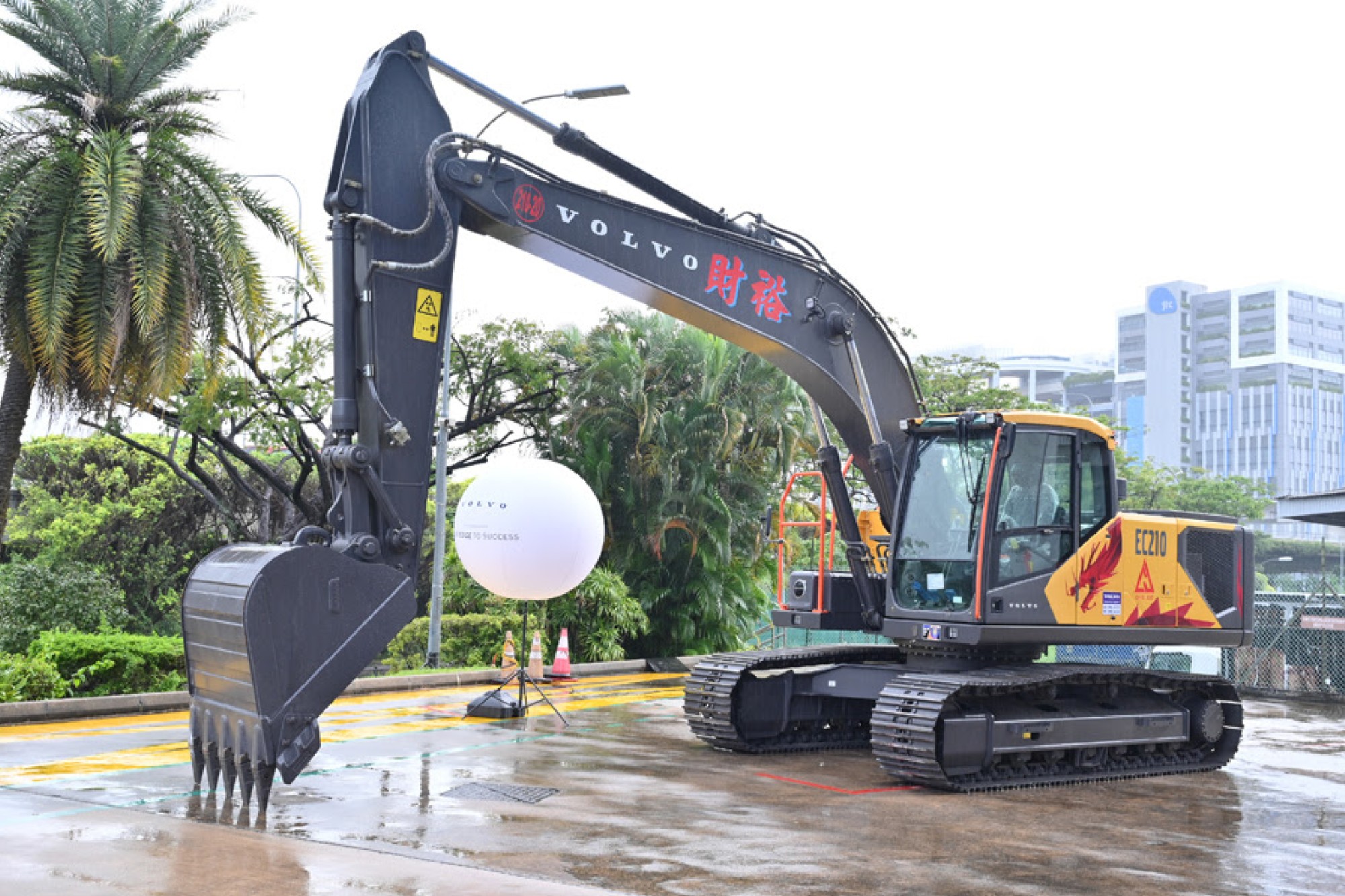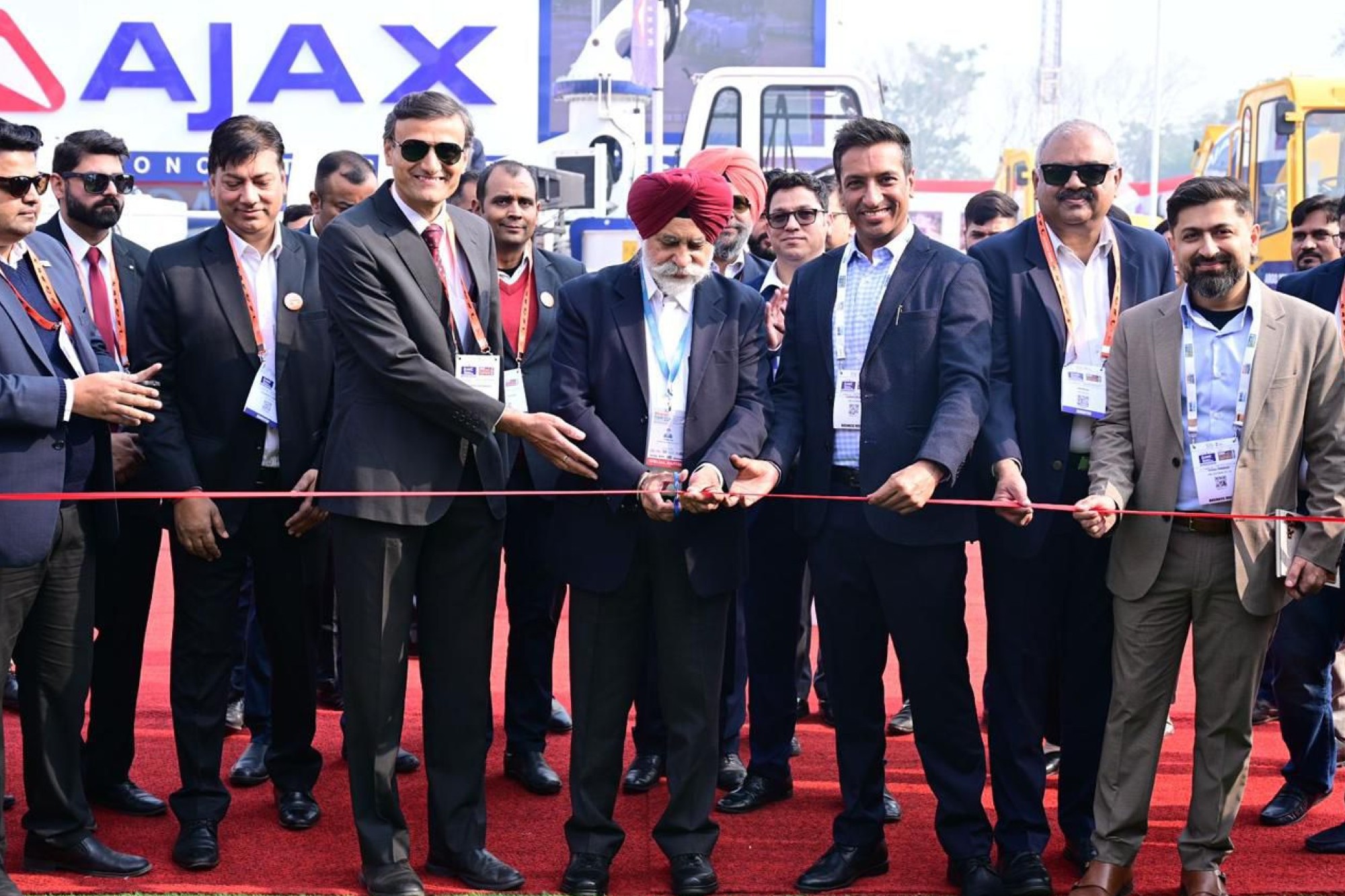Concrete resurfacer unveils cutting-edge innovations in restoration
By Edit Team | May 4, 2024 2:30 pm SHARE

The concrete resurfacer market plays a vital role in construction and renovation, offering solutions for rejuvenating concrete surfaces without extensive demolition. With a projected compound annual growth rate (CAGR) of 5.7 percent, this market is anticipated to reach $2.1 billion by 2031, up from $1.4 billion in 2024 according to Persistence Market Research.
Concrete, a cornerstone of modern construction, is valued for its durability and adaptability. Yet, over time, wear and tear can lead to various forms of damage, necessitating concrete restoration for both structural integrity and aesthetic appeal. Recent years have witnessed significant advancements in the concrete resurfacing industry, driven by innovative technologies and materials.
Advanced Materials: Recent innovations in material science have led to the development of advanced resurfacing compounds that address the limitations of traditional concrete repair materials. Polymer-modified overlays, for instance, offer superior bonding strength and flexibility, capable of withstanding heavy traffic and harsh weather conditions. These overlays can be tailored to match the color and texture of existing concrete, ensuring a seamless finish. Additionally, nanotechnology has facilitated the creation of ultra-thin coatings that provide enhanced protection against moisture intrusion, chemical exposure, and UV degradation. These nanocomposite coatings penetrate deep into the concrete substrate, forming a dense barrier that extends the structure’s service life. Moreover, self-healing concrete formulations embedded with microcapsules containing healing agents are being explored to autonomously repair cracks and fissures, reducing the need for manual intervention.
Sustainable Practices: As sustainability takes center stage in the construction industry, concrete resurfacers are increasingly adopting eco-friendly practices and materials. Recycled aggregates, sourced from demolished concrete and other waste materials, are being incorporated into resurfacing mixes, reducing the demand for virgin materials and minimising environmental impact. Furthermore, bio-based additives, such as soybean oil and sugar-derived polymers, are being utilised to enhance the performance of resurfacing compounds while reducing reliance on fossil fuels. In addition to sustainable materials, concrete resurfacers are implementing practices that minimise waste generation and energy consumption. Advanced mixing techniques, like on-site batching and volumetric mixing, optimise material utilisation and reduce transportation-related emissions. Moreover, the adoption of energy-efficient equipment and processes, such as low-VOC sealers and high-pressure water blasting, further reduces the carbon footprint of concrete restoration projects.
Digital Technologies: The integration of digital technologies is revolutionising every aspect of the concrete resurfacing process, from project planning to execution and maintenance. Building Information Modeling (BIM) software enables designers and engineers to create detailed 3D models of structures, facilitating better visualisation and analysis of potential issues. Virtual reality (VR) and augmented reality (AR) tools provide immersive experiences that aid in project coordination and client communication. During the construction phase, advanced monitoring systems, such as IoT sensors and drones, gather real-time data on concrete performance and environmental conditions, enabling proactive maintenance and timely intervention to minimise the risk of structural failure and costly repairs. Additionally, predictive analytics algorithms forecast the future deterioration of concrete elements, allowing for effective implementation of preventive measures.
Rapid Deployment Techniques: Time is often critical in concrete restoration projects, especially for critical infrastructure or high-traffic areas. To minimise downtime and disruption, concrete resurfacers are employing rapid deployment techniques that accelerate the construction process without compromising quality. Prefabricated panels and modular systems allow for quick installation, reducing on-site labor and material waste. Moreover, the use of fast-curing resurfacing compounds and in-situ curing methods shortens the curing time, enabling rapid reopening of repaired structures. Advances in robotic construction technology further streamline the restoration process by enabling automated placement and finishing of concrete overlays, enhancing productivity and safety by reducing worker exposure to hazardous conditions. The concrete resurfacing industry is experiencing rapid innovation, driven by the demand for sustainable, cost-effective, and durable solutions. From advanced materials and sustainable practices to digital technologies and rapid deployment techniques, concrete resurfacers are revolutionising the way we restore and maintain concrete structures. Embracing these innovations can ensure the longevity and resilience of our built environment while minimising environmental impact and maximising efficiency. Continued collaboration and investment in research and development will be essential in pushing the boundaries of concrete restoration even further as we look to the future.
Cookie Consent
We use cookies to personalize your experience. By continuing to visit this website you agree to our Terms & Conditions, Privacy Policy and Cookie Policy.






































































